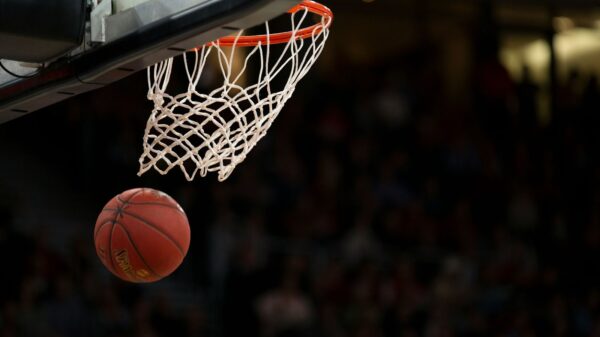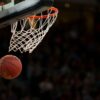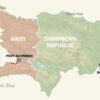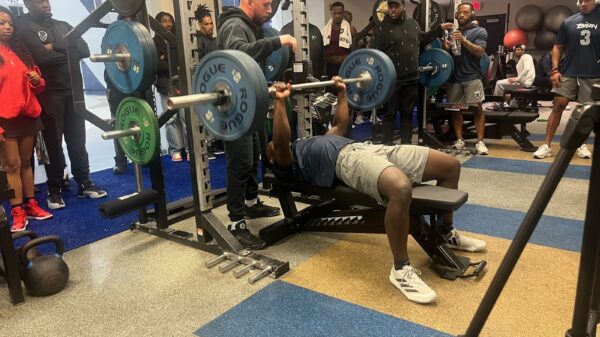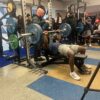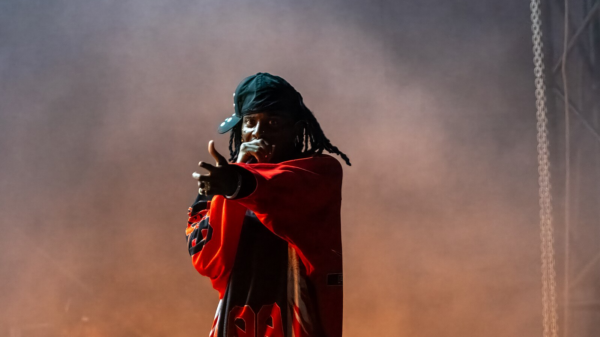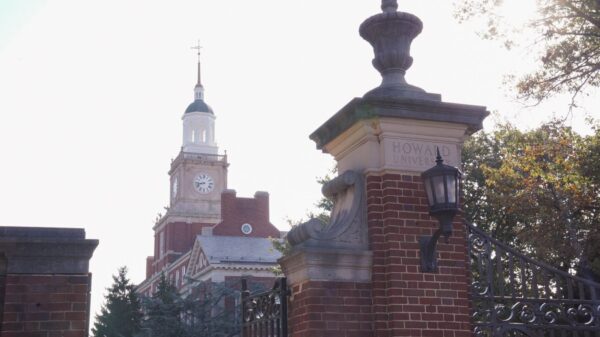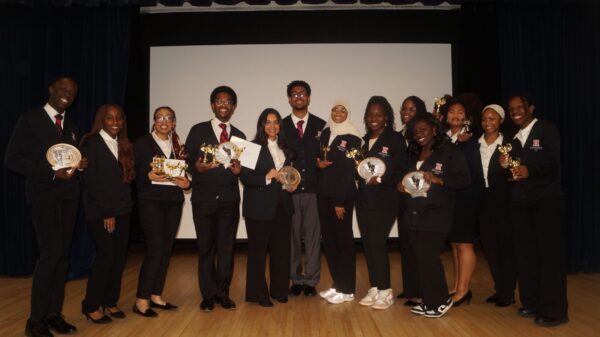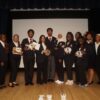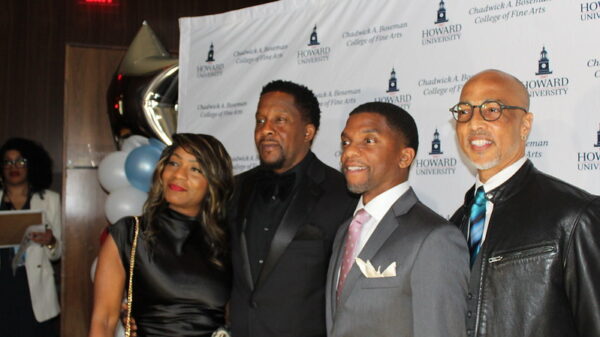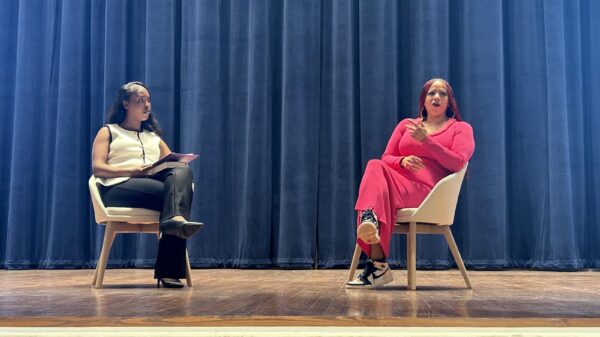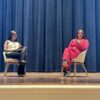
Kenneth Blakeney winces each time his phone rings.
The thought of one of his players entering the transfer portal, he says, gives him anxiety.
“I have PTSD and I’m being serious,” Blakeney, Howard University men’s basketball head coach, said. “I cringe when I see my phone light up with one of my players calling.”
Amidst the discourse that has taken place nationwide as a result of the current one-time NCAA transfer rules and the transfer portal, conversations about how the portal impacts HBCUs have been relatively mute.
Though the Bison have seen tremendous success in basketball compared to previous years, winning back-to-back MEAC championships and earning NCAA tournament berths, men’s basketball at Howard University has arguably faced the most upheaval following the introduction of the portal in 2021.
The movement in Division 1 basketball is not an issue specific to the Bison, as there are currently 1,946 men’s basketball players in the portal, according to Howard University Associate Athletic Director for Student Services and Compliance, Paul Bowden.
After the Bison program lost its three-star players, Elijah Hawkins, Jordan Wood and Steve Settle III, from the 2022-23 season, Blakeney relied on the transfer portal to rebuild his team into the championship-winning squad it was the season prior.
“We lost our three best players two years ago and in doing that we utilized the transfer portal to reload and we were very fortunate and blessed to be able to win the tournament championship,” Blakeney said.
With basketball and many other sports, mid-major schools and HBCUs specifically, student-athletes look to these schools as a stepping stone to big-time programs.
The Bison football program has been hit by a wave of outgoing transfers as well, with 18 student-athletes leaving over the past two years.
Howard University athletic director Kery Davis explained that although the portal was responsible for the loss of some talent, it offers a great opportunity for the university to receive new talent.
“I think the biggest thing to note is that everyone has to deal with challenges no matter what level,” he said. “So while we lose some great student-athletes, we have had a ton of success bringing in students who truly want ‘Howard University’ on their degree.”
In Howard’s individual sports, like tennis and golf, the impact of transfers is felt on a greater scale, and one’s ability is easier to measure.
The Bison also lost swimmer Miles Simon to the University of Georgia, but still put together one of the program’s most successful seasons with a second-place finish at the NEC conference championships.
While most of Howard’s golf personnel began and remained with Howard, transfer Marcus Smith Jr. helped them capture an NEC conference championship title.
Bison track and field has taken full advantage of the portal, with several transfers coming in and dominating the MEAC.
Director of Track and Field David Oliver affirmed that Howard’s uniqueness gives them an advantage with the transfer portal.
“Howard University is one-of-a-kind in many aspects, and we can sell student-athletes on that,” Oliver said. “Now that we have a track record of success stories coming out of the portal, we only anticipate more success in that area.”
Following Olympic hopeful Dylan Beard’s success in the program, Darci Khan won several MEAC titles from Kentucky University and Kailei Collins has dominated the sprints from the University of Texas.
Samuel Bennett, a transfer from Harvard, was also named the team’s outdoor MVP, among several other home-run hitters for the Bison coming out of the portal.
Though the portal has presented new challenges for the Bison programs, success has not waned. It has seemingly sped up the progression of Howard athletics, with many teams having their most successful seasons in decades, and in several cases, of all time.
“The success that we have seen these past few years is unprecedented, so whatever impact the portal has had must be some type of positive,” Davis said.
Copy edited by Alana Matthew



